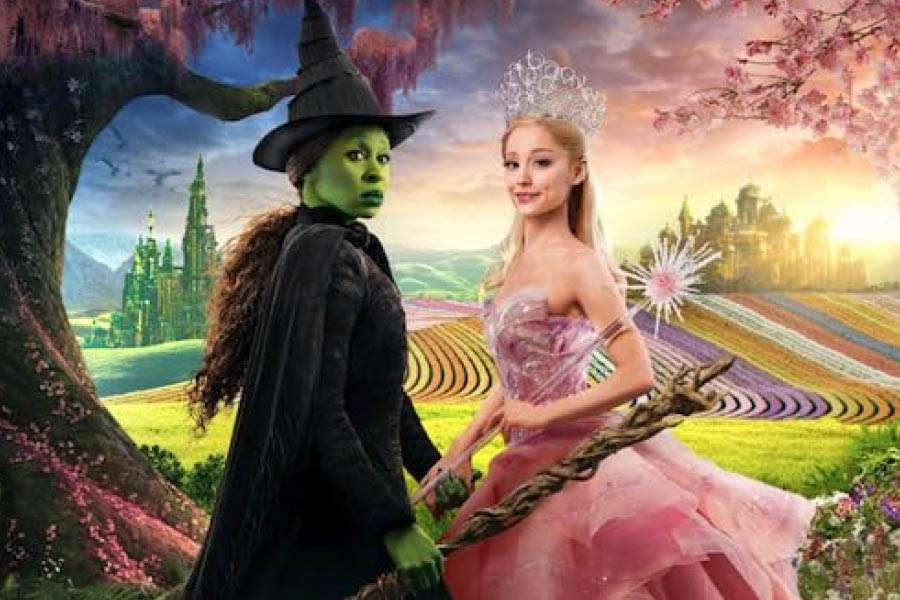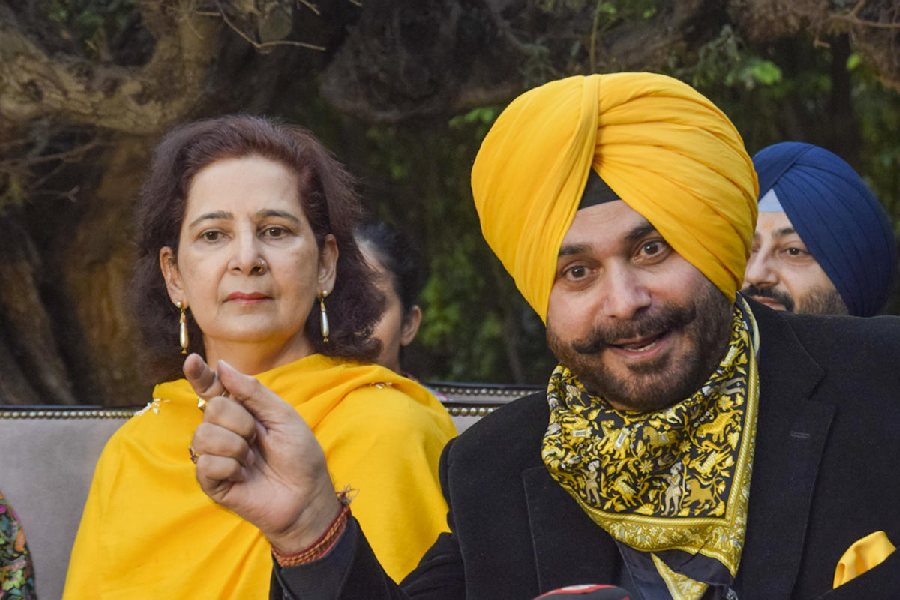A NEW HISTORY OF INDIA: FROM ITS ORIGINS TO THE TWENTY FIRST CENTURY By Rudrangshu Mukherjee, Shobita Punja and Toby Sinclair, Aleph, ₹999
Why do people want to know about the past? Is it in order to prevent oneself from making the same mistakes? But wasn’t it once famously said that the repetition of history is inevitable — “first as tragedy, then as farce”? If one drops the pretence of attaining some kind of functionalist justification, what we are left with is this plain, simple fact that all histories are, first and foremost, stories. They are narratives that move us, entertain us, tell us about the vigour, wisdom, foibles and vulnerabilities that make this world all the more alive and animated. Readability, therefore, is an essential quality, without which historical accounts are like false windows. Decorative, but what’s the point if the wind is not let through?
Unfortunately, much of professional history-writing in India has become too suffocating in its use of a specialised language, which only appeals to a few fellow specialists. As a response, we see these days a flurry of ‘popular histories’ that cater to the curious but uninitiated. The downside of this newfound interest in India’s pasts is the lack of rigour and objectivity and the abundance of political malice. Indian history right now is stuck between jargonism and jingoism and the only way out, it seems, is the cultivation of an attitude, which would find the right balance between an uncompromising loyalty to facts and a strong desire to elicit conversations from multiple perspectives. It is heartening to discover a recent publication making an earnest attempt at finding that balance.
Rudrangshu Mukherjee is a veteran in the field of writing histories, which do not test the patience of the casual readers. This time, he is joined by two long-time friends who share his enthusiasm for disseminating historical knowledge with lucidity of language, clarity of thought, and coherence of structure. The challenge for him and his co-authors, Shobita Punja and Toby Sinclair, must have been to produce a comprehensive account of Indian history without compromising on the spirit of genuine scholarship. The result is mostly satisfactory given the herculean task they set for themselves. Even if the book is not unique in its ambition to offer a summary of the important events that took place over thousands of years in India — ‘from its origins to the twenty-first century’ — it combines texts, maps and images to the effect of turning the experience of the reader less overwhelming.
One may ask: who is the intended reader of this book? History is still taught in schools and most colleges in India. In many of these institutions, it is considered a discipline that has no practical import and, therefore, does not need much pedagogical investment. For that reason, most students find it taxing in school and forget it like a bad dream afterwards. A New History of India is not necessarily meant for a reader who wants to train as a historian but this is a good starting point to recover some of the interests that were sparked during one or two lectures in a late afternoon. The authors follow the chronology of political regimes, sometimes interspersing it with informative detours on social, cultural and architectural specificities of particular periods. This gives the book a cohesion despite the diversity of the topics that it covers.
The most striking feature of the book, however, lies in its approach to the discipline of history. It does not shy away from addressing some of the most recent contestations over our collective pasts and heritage. In a postscript in the chapter on “Society and Ideas in the Age of the Vedas”, the authors mention the claims of contemporaneity of the Harappan and Vedic civilisations and the indigeneity of the people described as Aryans. They also present evidences against the claims from the existing archaeological, linguistic and genetic scholarships. The ethos of the book can be captured in that moment when the authors present these claims and counter-claims side by side and lean towards the propositions based on substantial research following academic protocols and integrity.
We are living in an age when important moments in history are disappearing from school textbooks. In these moments of political and intellectual crises, more books such as this are needed to keep the unbiased interest in history alive.











